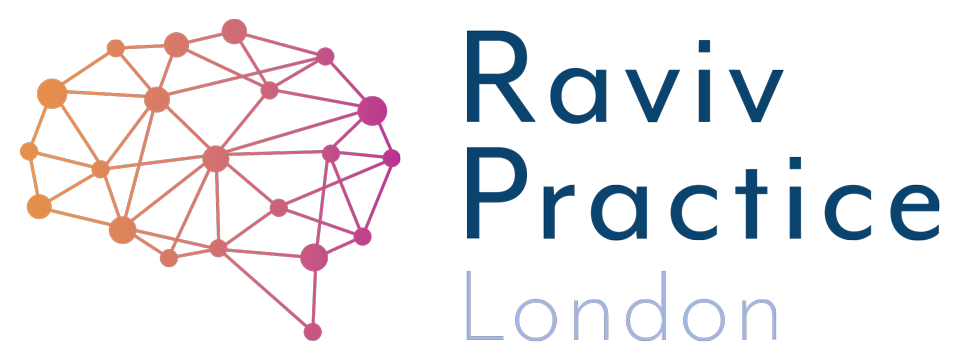How movement is connected to how we learn
How movement is connected to how we learn
Picture me back on 8th March—International Women's Day 2023. I am walking furiously in the rain to the Tate Modern to meet my friend, who I've not seen for six months. We hope to see the work by Maria Bartuszova together. What a treat!
I am running late, and the rain is beating down relentlessly. I feel so pleased to have reached the north side of the pedestrian bridge that spans The Thames in London (better known to the locals as The Millennium Bridge), and am only thirteen minutes late, after all. I am almost flying at this fast pace, but I notice something as I race along. Random thoughts are pretty common for me, even when I am in such a rush – sometimes especially when I am in a rush!
“So the more neural circuitry we make at a young age for effective movement patterns, the more channels we have later for complex thought processes.”
What I noticed was that, with an umbrella in my left hand pushing against the wind and rain, my right arm moves in tandem with my left leg. The tap of my left heel touching the floor is in sync with my right arm's pendulum swing. I was having a moment of mindful recognition, and I couldn't stop, but I wanted to experiment, so I moved the umbrella to the right hand, and again, the left arm and right leg were in perfect sync. This movement of opposing limbs is known as a bilateral movement.
As an adult, one would expect this bilateral fluid movement, but, even in adults, it is not always a given! The ability to move bilaterally has been a long journey for me. I want to discuss what bilateral movement is further and how to achieve upper/lower body harmony and right/left harmony, and why this is important.
When we walk, we should shift our weight. The left leg takes the weight as the right leg moves forward and vice versa. This fluid movement of one hip rising as the leg lifts forces the other hip to tip lower, making walking graceful. The rhythm of such action is consistent with a graceful and smooth flow, and it is something most of us do unconsciously and naturally develop as we grow.
However, I struggled with the upper and lower body flow and the pattern was never in sync. However, I put in a lot of work with many different therapies and, after a few years, things fell into place.
Why movement matters
Neural pathways are routes created in the brain for information, thoughts, and responses to stimuli. However, thinking and talking are formed way later than physical movement. Babies can’t speak, but they certainly can learn to move, grasping and crawling long before they start to talk. The neural channels we create for movement activities are used later for thoughts and cognitive processes.
So the more neural circuitry we make at a young age for effective movement patterns, the more channels we have later for complex thought processes. A baby crawling requires a lot of brain connections to work in tandem to coordinate the upper and lower body. The more mature version is walking with the bilateral arm swing. It is for this reason that so many developmental problems later on can be addressed by using movement-based programmes.
What stops us from having a smooth walking gait?
There are various primitive reflexes at play in order for us to have a smooth walking gait.
I will run through a few of them:
Thomas automatic gait
Leg cross flexion-extension
Bauer crawling
Trunk extension
These reflexes are the primitive movement pattern in infancy that form the foundations for postural reflexes (upright position) when walking. When we work on the primitive reflexes and integrate them, the high functions fall into place automatically.
“This movement of opposing limbs is known as a bilateral movement”
Back to The Tate Modern
Returning to the Tate and my journey across The Millenium Bridge. Luckily, my friend was waiting at the other end, taking shelter from the rain. We went to our exhibition and later to the cafe on the 5th floor. As we sat there talking, I glanced at those walking past to see if I could observe more bilateral movement I had noticed in myself earlier. Everyone walks a bit differently, of course, but those processes were there, sure enough!
Note to Parents
If your child is struggling academically, let me look at their retained reflexes and see what can be done to help. At Raviv practice London, the programme we favour is MNRI as it is an evidence based clinical program, that delivers effective results. Get in touch to learn more.
Dyslexia? Dyspraxia? ADHD? ASD? Speech & Language? Developmental Delay? Anxiety?
Is every school day a struggle? As a parent, you may feel exhausted and on this journey alone. Each year you see the gap getting wider. You need to do something - change the approach, help your child learn for themselves, find a way to turn this around before it is too late and they won’t listen - do this NOW. the first step is free.
About the Author
Usha Patel is a Neurocognitive Therapist and Director at Raviv Practice London. Parents searching to help their suspected/neurodiverse child can get evidence-based solutions with results in as little as 8 weeks. Those in search of jargon-free help can get started straight away.



